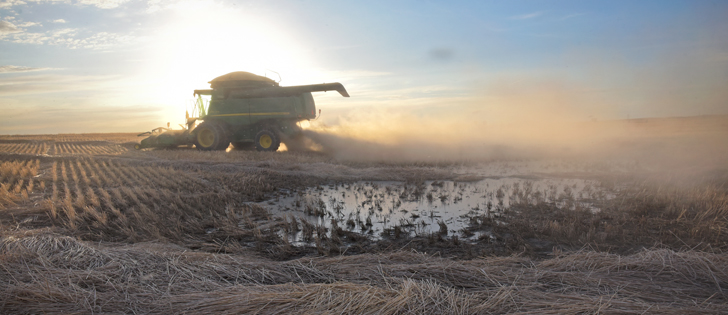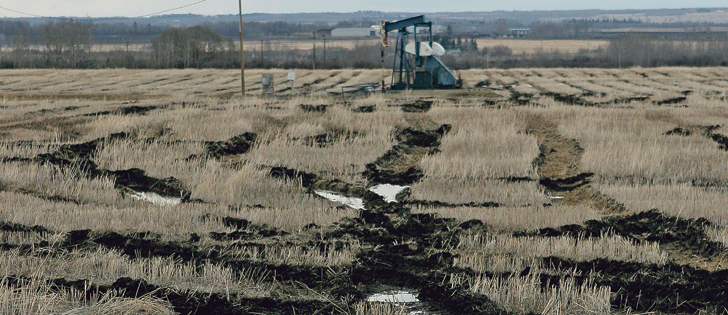Western Canadian canola growers who were unable to harvest their crops before winter last year now have a more accurate picture of how their spring harvested acres fared in terms of quality and grade.
According to the Canadian Grain Commission, western Canadian growers planted nearly 20.3 million acres of canola in 2016 and harvested just a smidgeon over 19.1 million acres before winter arrived.
That means roughly 1.17 million acres of canola spent winter in the field.
How did exposure to winter weather affect canola quality?
Based on samples submitted to the CGC, just 34 percent of the canola harvested this spring was graded No. 1.
Read Also

Farming Smarter receives financial boost from Alberta government for potato research
Farming Smarter near Lethbridge got a boost to its research equipment, thanks to the Alberta government’s increase in funding for research associations.
By comparison, approximately 90 percent of the canola that was harvested last year was graded No. 1.
All told, the grain commission collected 173 samples of spring-harvested canola this year, including 161 samples that were tested for grade and quality and 12 that could not be tested because the samples contained too much mould and bacteria.
Of the 161 samples that were tested, 55 samples (34.2 percent) were graded No. 1 Canada, 41 (25.5 percent) were graded No. 2 Canada, 33 (20.5 percent) were graded No. 3 Canada and 32 (19.9 percent) were graded Sample.
Common downgrading factors included high levels of total damaged seeds associated with “sour, musty and rancid odours,” said a report prepared by oilseed program manger Veronique Barthet.
The report also said seeds contained in submitted samples had an unnatural seed colour, specifically an orange tint that was observed once the seeds were crushed.
“It is likely that some producers did not send in samples when they determined that their spring (harvested) canola seeds were of very low quality,” the report added.
“As a result, the true percent of 2017 spring canola graded No. 1, Canada might be lower than what we found in our research project.”
The report was intended to take a closer look at canola quality, particularly on canola crops that spent last winter in the field.
Samples collected by the grain commission were divided into four groups based on harvest timing.
The first grouping consisted of samples that were harvested last fall (August to October), before the arrival of snow.
The other groupings consisted of canola samples harvested after the snow (November and December), samples harvested in the winter (January) and samples harvested in the spring (April to June).
Statistical analysis showed no significant difference between the four groups in terms of oil content, protein and chlorophyll content, the report found.
However, differences were observed for total glucosinolate content with samples harvested in January and April to June showing higher average and mean glucosinolate levels.
Despite the differences observed, median levels were not likely to significantly affect the quality of canola meal produced during crushing, the report said.
Free fatty acid content levels also differed significantly between the groupings.
Seeds harvested in the winter and spring had much higher free fatty acid levels than seeds harvested during the 2016 calendar year.
Chlorophyll content was not a major degrading factor in canola samples harvested this year, the report added.
“The 2017 spring canola was mainly downgraded for damage as the seed hulls showed various degrees of discolouration (weathering) and once crushed the canola seed meal showed an orange tint quite different from the usual pale yellow of the seed,” it said.
“Canola seeds in lower grades exhibited an odour suggesting the seeds were getting mouldy or rancid.”
The orange tint of spring harvested samples suggests that the seeds were oxidized, which meant oxidization products such as hydroperoxides and aldehydes should be in high amounts in the seeds, the report said.
The next step of the project will be to compare oil oxidization products in the various groupings.
The full CGC report on spring harvested canola can be found at bit.ly/2h1kScB.


















